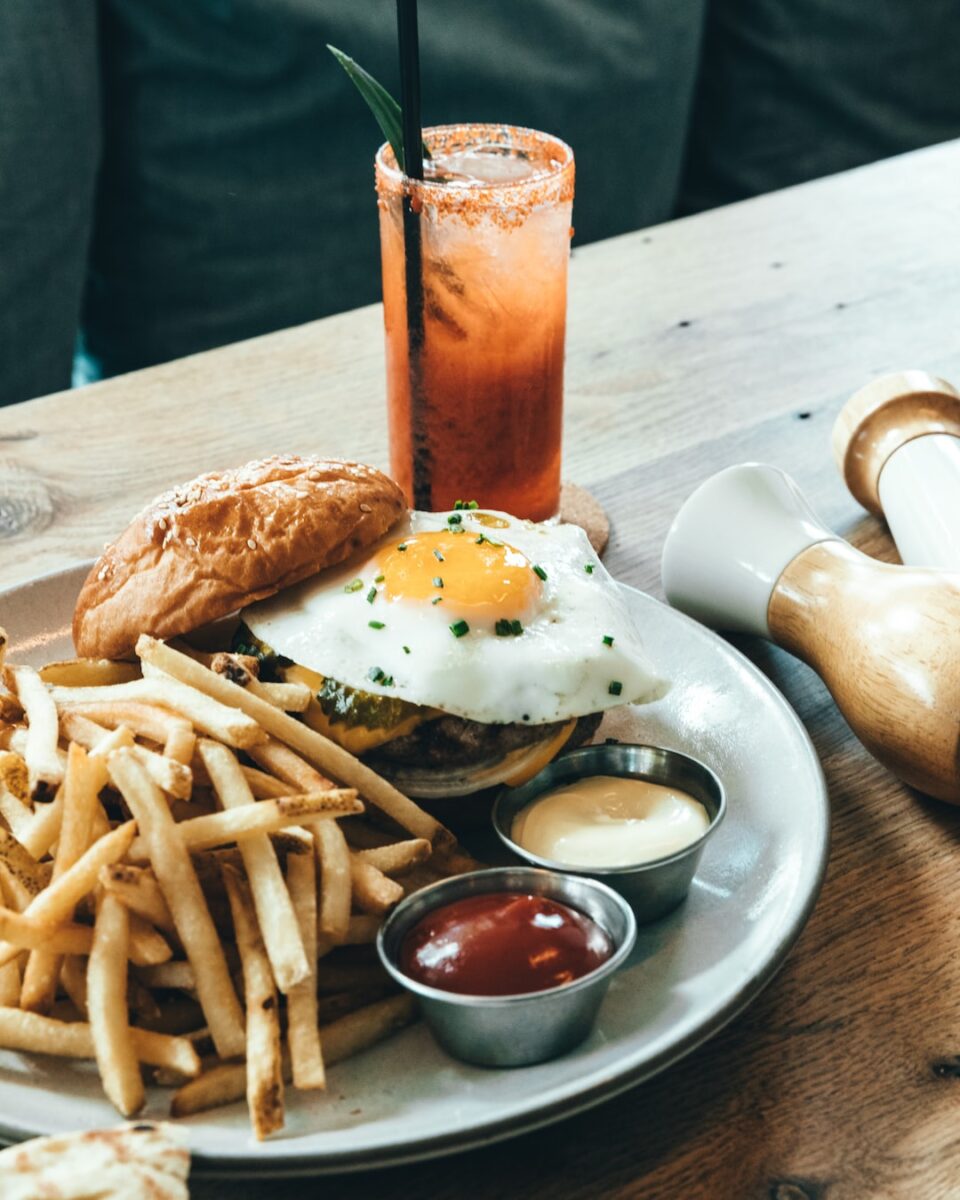Artisanal Bread-Making: Unlocking the Secrets of Bakery-Quality Loaves
Bread is a staple in many cultures around the world, and there is something truly magical about a freshly baked loaf of artisanal bread. The perfectly crisp crust, the soft and airy interior, and the mouthwatering aroma that fills the room – it’s hard to resist the temptation to tear into it immediately. But have you ever wondered how to recreate bakery-quality loaves in your own home? Today, we will unravel the secrets of artisanal bread-making.
The first secret to baking outstanding bread is using high-quality ingredients. Opt for organic flours, which are unbleached and free from chemical additives. The type of flour you choose also plays a key role in the final product. While all-purpose flour works fine, using bread flour with a higher protein content will give your dough more strength and structure.
Another crucial ingredient in artisanal bread is yeast. Fresh yeast provides better flavor, but it can be challenging to find. As an alternative, active dry yeast or instant yeast can be used. Remember to activate the yeast by dissolving it in warm water with a touch of sugar before incorporating it into the dough. This helps to ensure that the yeast is alive and ready to work its magic.
The next step in bread-making is the mixing and kneading process. Traditionally, bread dough is mixed and kneaded by hand, which allows the baker to connect with the dough on a deeper level. However, if you prefer a more convenient approach, a stand mixer with a dough hook attachment can be used. The important factor here is to avoid over-kneading the dough, as this can result in a dense and tough loaf. The dough should be soft, smooth, and slightly elastic.
After kneading, the dough needs time to rise. This process, known as proofing, allows the yeast to ferment the dough, creating carbon dioxide bubbles that give the bread its airy texture. Place the dough in a warm spot, ideally around 75-80°F, and cover it with a clean cloth to prevent it from drying out. Let it rise until it doubles in size, which usually takes around 1-2 hours, depending on the temperature and yeast activity.
Shaping the dough is an art in itself. Carefully deflate the risen dough and shape it into the desired loaf form. Whether you prefer a classic oval or a rustic round shape, make sure to create surface tension by pulling the edges of the dough towards the center, tucking them underneath. This will help the loaf hold its shape during baking.
Once shaped, the loaf is ready for its final rise, also known as the proofing stage. Place it on a parchment-lined baking sheet or in a lightly greased bread pan, cover it with a cloth, and let it rest for about 30-45 minutes. Make sure to preheat your oven during this time, as heat is crucial for achieving a beautiful crust.
Before putting the loaf in the oven, don’t forget to make a few shallow slashes on the surface. These slashes, known as scoring, allow the bread to expand during baking without cracking. You can create your own unique pattern or simply make a few diagonal slashes. This step not only enhances the appearance of the loaf but also improves its texture.
The final secret to bakery-quality bread is baking it in the right conditions. Preheat your oven to around 450°F to ensure the initial burst of heat necessary for proper oven spring. Steam is also vital for achieving a crisp crust, so consider placing a shallow pan filled with boiling water in the bottom of the oven or misting the loaf with water before baking.
Bake until the loaf is golden brown, and when tapped on the bottom, it sounds hollow. This usually takes around 25-35 minutes, but keep an eye on it as every oven is different. Once out of the oven, allow the bread to cool completely before slicing. This allows the crumb to set and ensures the flavors fully develop.
Artisanal bread-making is a labor of love, and while it requires patience and practice, the end result is more than worth it. By using high-quality ingredients, mastering the mixing and kneading process, perfecting the shaping and scoring, and baking with care, you will unlock the secrets of bakery-quality loaves. So why not embark on this beautiful journey and bake your own mouthwatering artisanal bread at home? Your taste buds will thank you!

